In the last few months I have been on several sailboats, hitchhiking from Europe across the Atlantic to the Dominican Republic. In this blog post, I would like to share with you my experiences and tips on hitchhiking across the Atlantic, especially on how to find a boat.
I have divided my tips into 6 subsections: Tips on crossing the Atlantic, tips on finding a boat, tips on Gibraltar, tips on the Canary Islands, Cap Verde and the Carribean. Anyways, there is no right or wrong and everyone will find their own methods. I’m also happy if you share your experiences in the comments below!
First of all, in general, travelling by sailboat instead of by plane is a much more environmentally friendly and adventurous way to cross the Atlantic. For me, being on a sailboat in the middle of the ocean and seeing nothing but water around me is absolute freedom. This way you also get a different impression of how big our earth is and how much of it consists of water.
Of course, you should think carefully about whether this kind of travel is right for you, and it’s not a bad thing if it’s not. Not everyone can imagine being in such a confined space for a long time and I have heard of people for whom the Atlantic crossing was not good. For example, some people get sick quickly and then a sailboat is not necessarily the most suitable place. Be aware that this kind of travelling cannot be planned. You don’t know when and where you’ll find a boat. And you will be on a boat for several weeks that you can’t get off.
But if you can imagine it, I think you’ll have a fantastic time! And let me tell you, there are many other people who have travelled like this or are travelling like this right now. In Gibraltar alone we had about 20 seekers on site when I left and in Las Palmas de Gran Canaria we currently have over 50! There are different age groups represented from 19 to over 50, but most are between 20 and 30. And there are people from a wide variety of countries, most of them European, who have decided to try the same adventure as I have. Some have even done it before. And you also meet many families who do the Atlantic crossing with their children – but not hitchhiking but on their own boat 😉
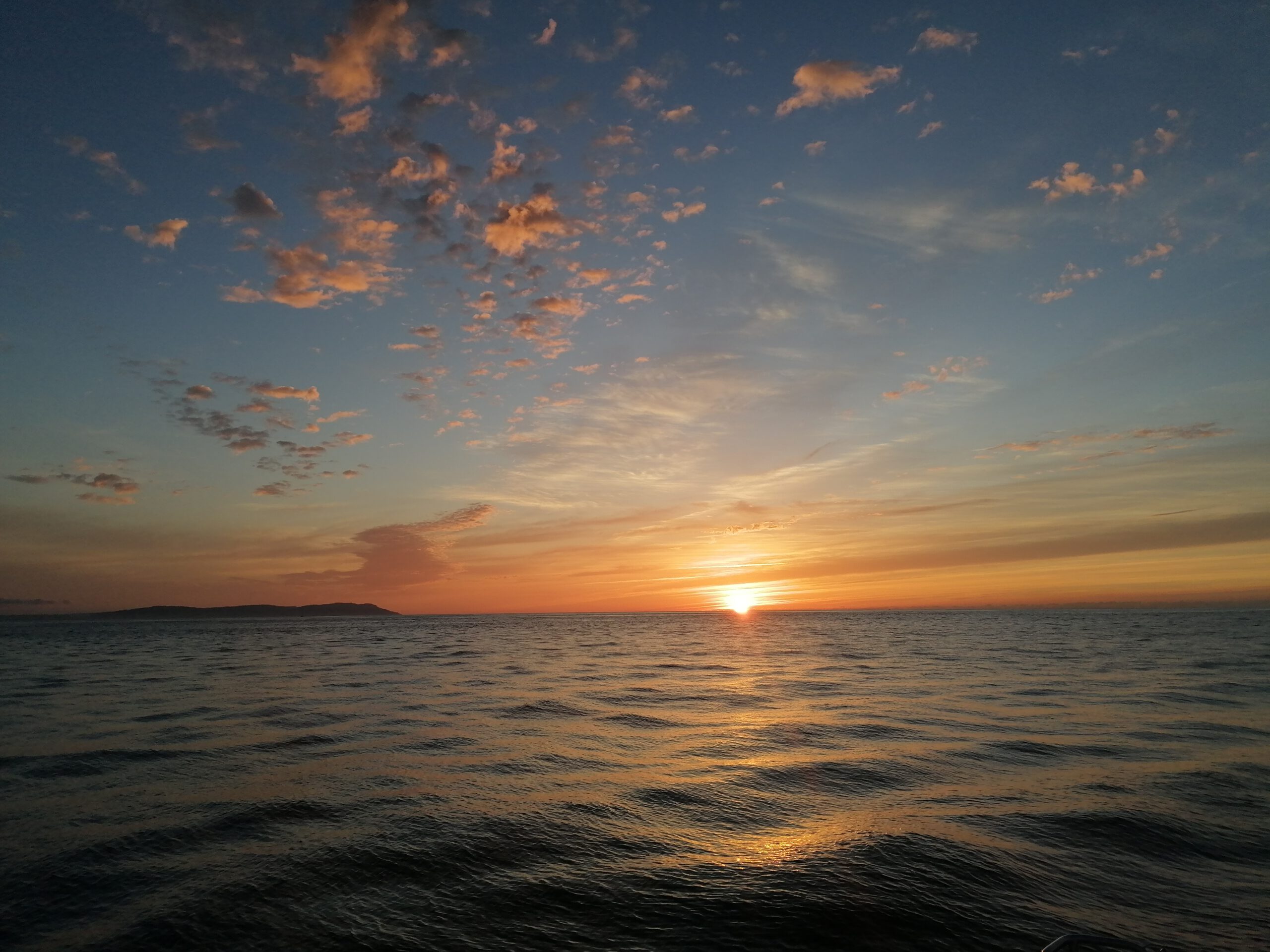
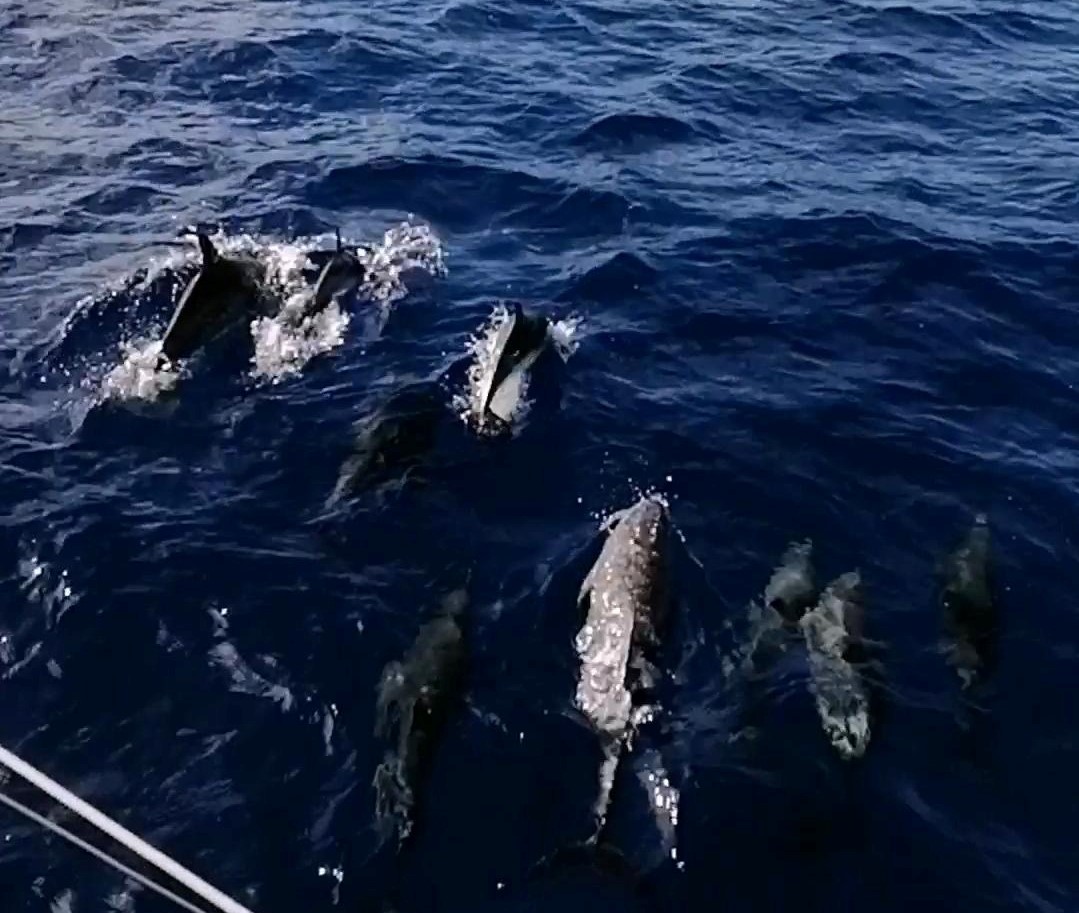
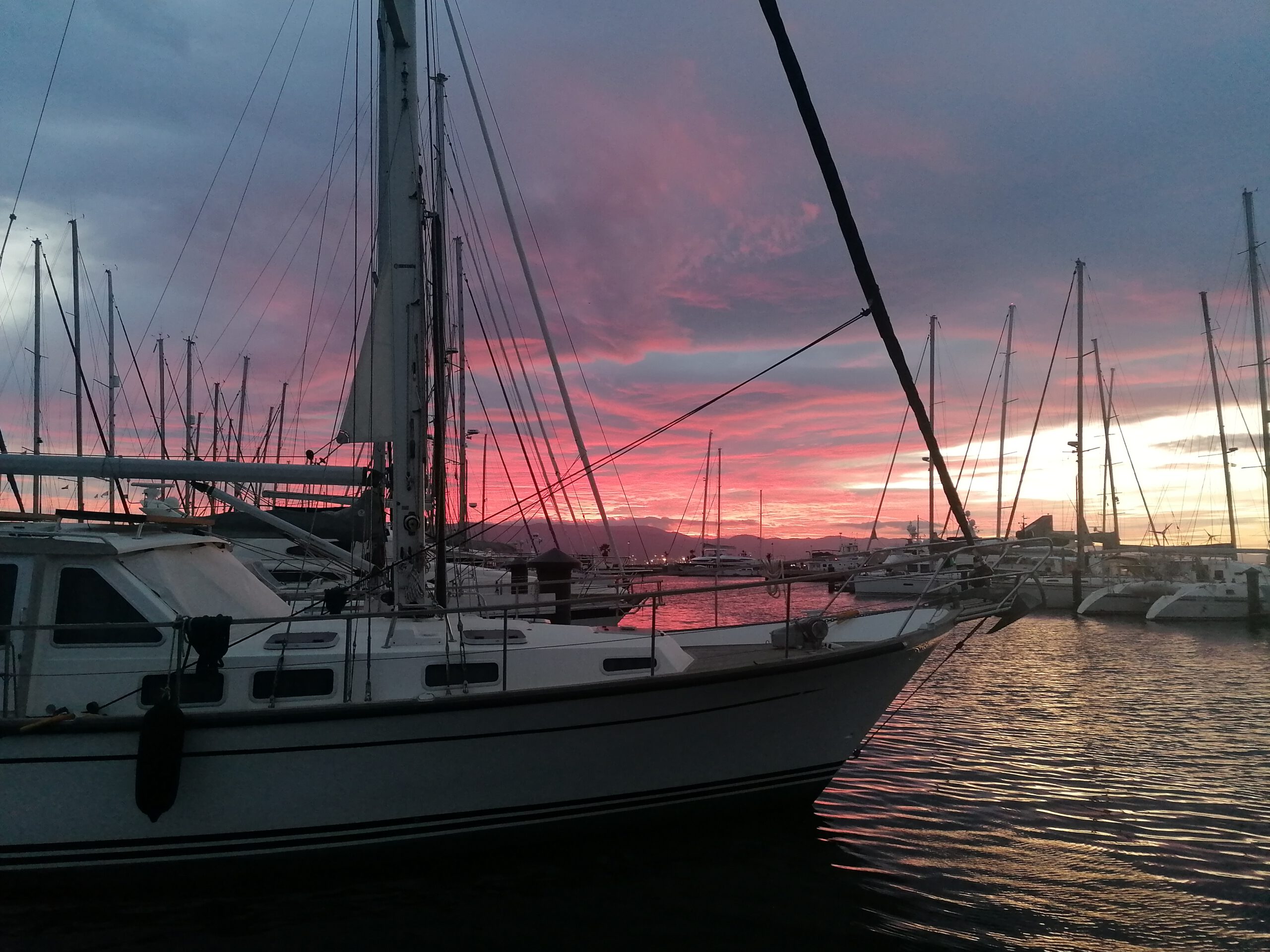
Tips for Atlantic Crossing
The most important thing to keep in mind is when sailboats cross the Atlantic, because it doesn’t happen all year round. Especially in the summer, it is hurricane season and only those who are tired of life cross the Atlantic with a sailing boat.
The best time is from the beginning/middle of October to the Canary Islands and from the end of October/beginning of November from the Canary Islands to the Caribbean. At least until January/February is the Atlantic crossing season, so you don’t have to start directly in October.
Almost everyone actually takes the route via the Canaries, as the winds are best on this route. From Portugal/Spain to the Canaries it takes 4-8 days, depending on the boat and the wind, if everything goes well. A good place to look is in La Linea near Gibraltar, I’ll write about my experience below. Other ports I’ve heard of but not checked out myself are Cadiz in Spain and Faro and Lisbon in Portugal.
If you want ideal wind from behind, you continue from the Canaries via Cap Verde and then to the Caribbean, but the route is a bit longer, so many sail directly from the Canaries.
There is one big regatta that currently starts 3 times a year from the Canaries to the Caribbean: the ARC. This is interesting for hitchhikers for several reasons: Firstly, there are simply a lot of boats leaving at the same time. Secondly, there is an accompanying programme both beforehand on Gran Canaria and later in the Caribbean, and I imagine that you can get to know yachties well there. And thirdly, the ARC is accompanied, so you can get support more quickly and easily if something happens. However, my impression in Las Palmas this year was that almost all the boats for the ARC were already full, so it was difficult to get on a boat. Most people plan their crew for the ARC at least half a year in advance.
This year the first ARC+ over Cap Verde started on 6 November. The main ARC started on 20 November from Las Palmas and then there is a late one in January. You can find all the information about the ARC here: https://www.worldcruising.com/arc/event.aspx
Tips for Searching for a Boat
There are a few qualities that are helpful when you want to find a boat, but I think the most important thing is that you are open and dare to approach people.
If you have sailing experience, that’s helpful. However, most of the people I’ve met so far had little to none and still found a boat! In general, almost everyone who was patient enough found a boat.
Languages are also helpful, especially because it’s important to speak to people in port and it’s often easier in their mother tongue. In La Linea, it was mainly German and French crews that set off. But that is changing, of course. And on the Canary Islands it is already much more diverse and, for example, there are also many Scandinavian boats on the way.
Apart from that, there are many skills that you can bring with you, and of course it is different for every crew what they want. For me, it was very helpful that I have my guitar with me and can play music, and that I love children, because both boats in Gibraltar that I was in close contact with have children on board. But of course it is different for many others. Both in personal conversations and on notice boards, it’s best to try to work out your strengths. But be honest. Here are a few tips:
- If you are in southern Spain, look for a ship heading to the Canary Islands. Since almost everyone sails via the Canary Islands, you can also look for a ship across the Atlantic and it’s good to get away from mainland Europe first. If your boat then continues on to the Caribbean, you can check out for a week whether you want to travel together for longer and then decide 🙂
- Talk to people – all of them! As with normal hitchhiking, the search works much better in personal conversation than with a simple cardboard sign. My tip is that you also chat to people who tell you they can’t give you a lift. The more contacts you have in the ports, the better. You can also ask them to let you know if they hear anything. I’ve also given a lot of people a little card with my contact on it, and they can just pass it on when they meet someone who has space.
- Be friendly and not too direct. Try to get into conversation with people. Inquire about their ship, their plans, etc. Don’t barge in if you can help it. I usually didn’t ask “Can you take me to the Canary Islands or the Caribbean?”, but “Have you heard of boats that go to the Canary Islands or that cross the Atlantic?” Everyone can answer this without feeling pressured.
- Go to different ports. If there are several ports near you, go to all of them. Talk to the people and staff and other hitchhikers and you will quickly find out which ports are the most promising. In Gibraltar, there was one port where the staff told me that all the ships were staying for the winter. That’s a good way to save yourself the trouble.
- Make posts. Print a clear! DINA4 sheet on which you introduce yourself and work out your advantages for a possible crew. Be honest, take a friendly photo and include your contact. Even though most people find their boat in a personal conversation, this is little effort and can’t hurt. Post the note wherever yachties are, i.e. in the marina office, wash house, etc. Don’t bring all your stuff with you.
- Don’t bring all your stuff to the harbour. It is sometimes helpful not to be noticed as a hitchhiker at the very first moment. I felt that people are more likely to talk to you if they feel that you “naturally” belong in the port.
- Talk to people when they have time. When they arrive, for example, they are always very busy and may find you more of a nuisance. Otherwise, most of them are really super friendly!
- It’s good if you come to the jetty with the boats. I did that whenever possible. It’s important that you don’t get on their nerves, but walk around relaxed and talk to the people. And if in doubt, leave the jetty when asked to do so.
- Try online sites like “findacrew.net”, “crewbay.com”, etc. and Facebook groups like “Atlantic Crossing East -> West 2022/2023”, “Crew Finder”, “Atlantic Ocean Crew” or “Sailboat Crewfinder Worldwide”.
- In the app Navily you can write to boats that use the app. Navily provides sailors with lots of helpful information about ports and anchorages, which is why many use it! You should actually have a boat to sign up to it, but you can just leave out the boat info.
- If you like swimming or can get a dinghy from somewhere, you can go out to the boats at anchor and talk to the people there directly. Otherwise, look where the dinghies are moored in the harbour when the crew goes ashore and talk to them there.
- Bring time with you. Somehow clear, but I at least got impatient very quickly. The way we travel doesn’t allow for time planning.
- Take a break. Go hiking, explore your surroundings, go to a museum. It won’t do you any good to look too hard, and it won’t necessarily make you faster. It’s also okay not to talk to a few people.
- Don’t just take every boat! Even if you already feel a bit pressured or disappointed of your search, only take an opportunity where you feel comfortable with the boat, the skipper and the crew! You will be with them for a long, long time and there are also boats crossing which are not really safe. So ask about their experience, their equipment and so on. If possible, try to already spend some time with them while in harbour, then you could still figure out if it doesn’t fit or you don’t feel safe.
- Be nice to the other hitchhikers, be happy with them when they find a boat. Firstly, they deserve it, and secondly, the contact with them will be helpful to you.
- Don’t give up! You can do it, definitely! You will meet people who tell you otherwise – ignore them! I’ve met many more people who have said it’s a good route and that one can definitely find rides between October and March. So you’ll find one too <3
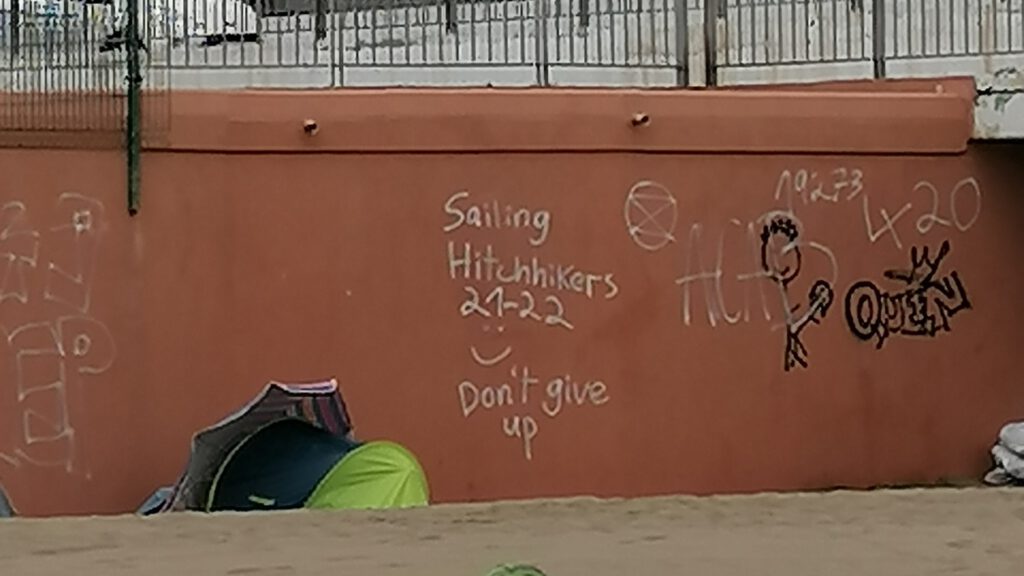
More tips you’ll find here: https://www.theoceanpreneur.com/crewing/how-to-find-a-sailboat-ride-boat-hitchhiking-tips/
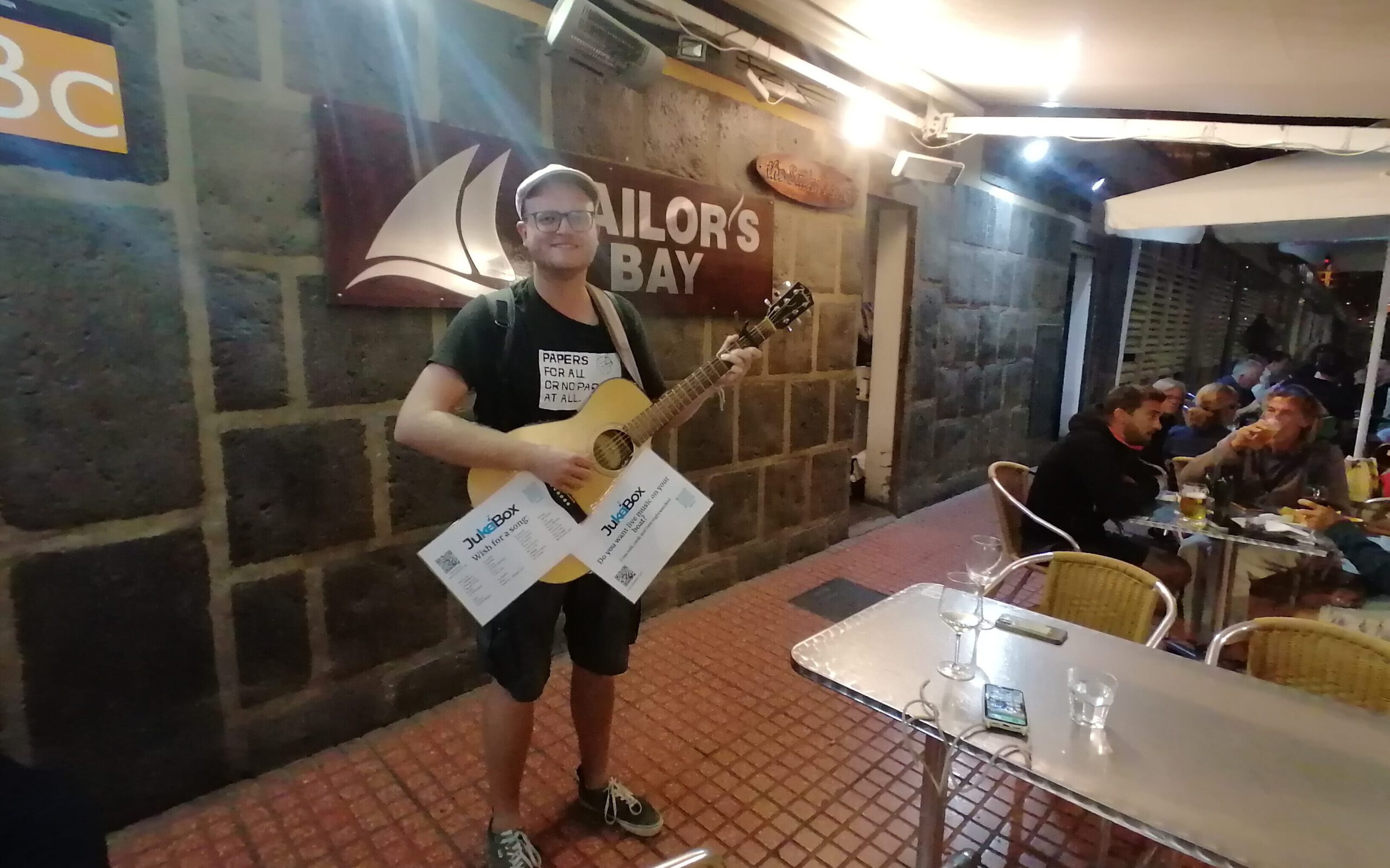
Tips for Gibraltar
I write of Gibraltar for simplicity. This refers to both Gibraltar and La Linea de La Concepcion on the Spanish side. Both cities have harbours from which boats regularly leave for the Canary Islands.
- Ports. The most promising port, where most hitchhikers stay, is “La Alcaidesa” in La Linea de La Concepción. Most of the people I know have found their boat there. Unfortunately, you are only allowed on the jetties if you are a yachtie, but sometimes there are opportunities to go on the jetties. Since yesterday, the harbour staff have been trying to keep the hitchhikers away, but I hope that will be cleared up soon.
- You can put up notices at the entrance, in the wash house, in the toilet block and at the cafeteria. You can only get into the toilet block with a card, sometimes one of the hitchhikers has one and can lend it to you, otherwise you can slip in behind someone.
- There is a private yacht harbour to the right. You can’t get to the boats there, but you can put up a notice at the registration desk.
- There are two marinas in Gibraltar: Ocean Village and Queensway Guay. In the first one, which is just over the border, there are mainly boats that spend the winter there. So it’s not really worth spending much time there, although a mate of mine was successful with his notice there. The staff are really friendly, they’ll put up your notice in the wash house and they might be able to tell you if there are any boats there that are only staying for a few days.
- More promising is Queensway Guay. There are regular boats leaving for the Canary Islands. The boats are rather fancier, because the harbour is much more expensive than on the Spanish side (but fuel is cheaper). Here you can put up a notice in the harbour office and when you get to the toilet facilities, there is also a notice board there. You need a code to get into the house or onto the pontoons. Exchange codes with other hitchhikers, usually someone has the code if it hasn’t just been changed.
- There are more harbours further towards Algeciras and I can’t say whether they are worth a try. But I have mostly heard from the locals that “La Alcaidesa” is the most promising.
- Accommodation. There is a small forest called “Jungle” right next to the port “La Alcaidesa” where some hitchhikers camp. Otherwise, there is a cheap hostel in La Linea called “La Esteponera” where you can get a single room for 16 euros.
- Entertainment. Even if you don’t camp, go to the jungle. The exchange with the other hitchhikers is very helpful and we spent some nice evenings together. In La Linea there are some cool bars in the centre at Plaza Cruz Herrera. In Gibraltar, there is karaoke at the Hendrix Pub on Fridays and Saturdays.
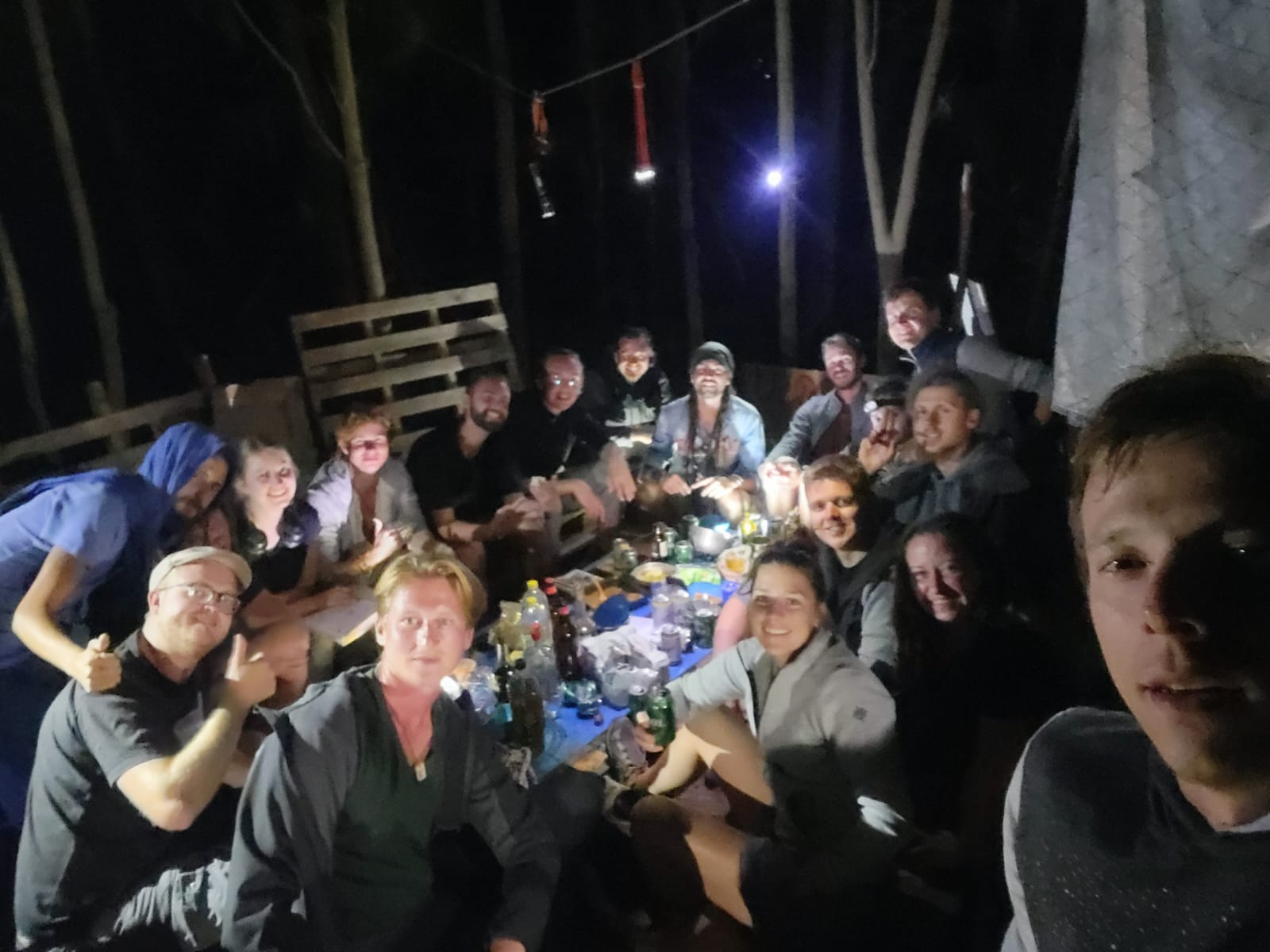
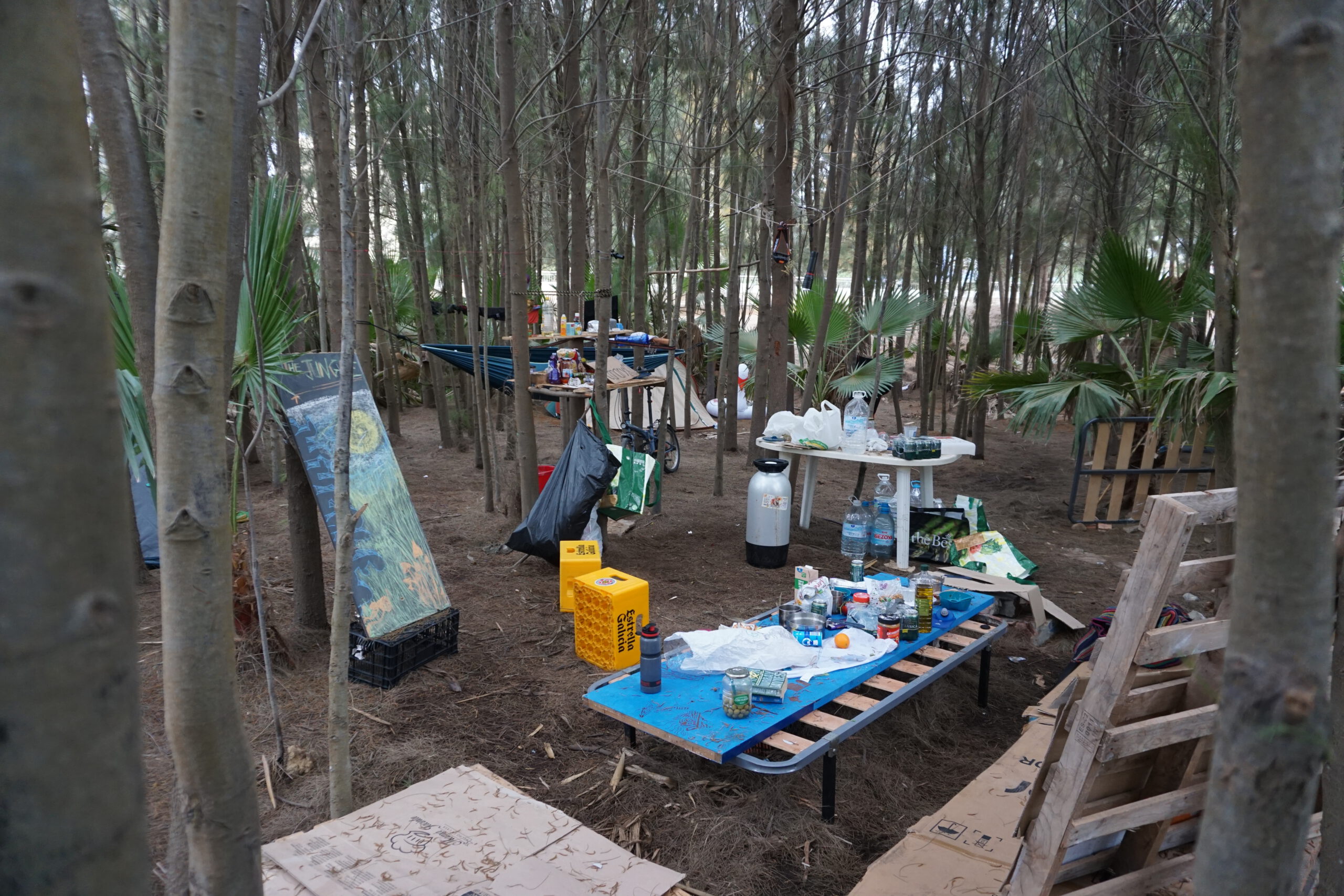
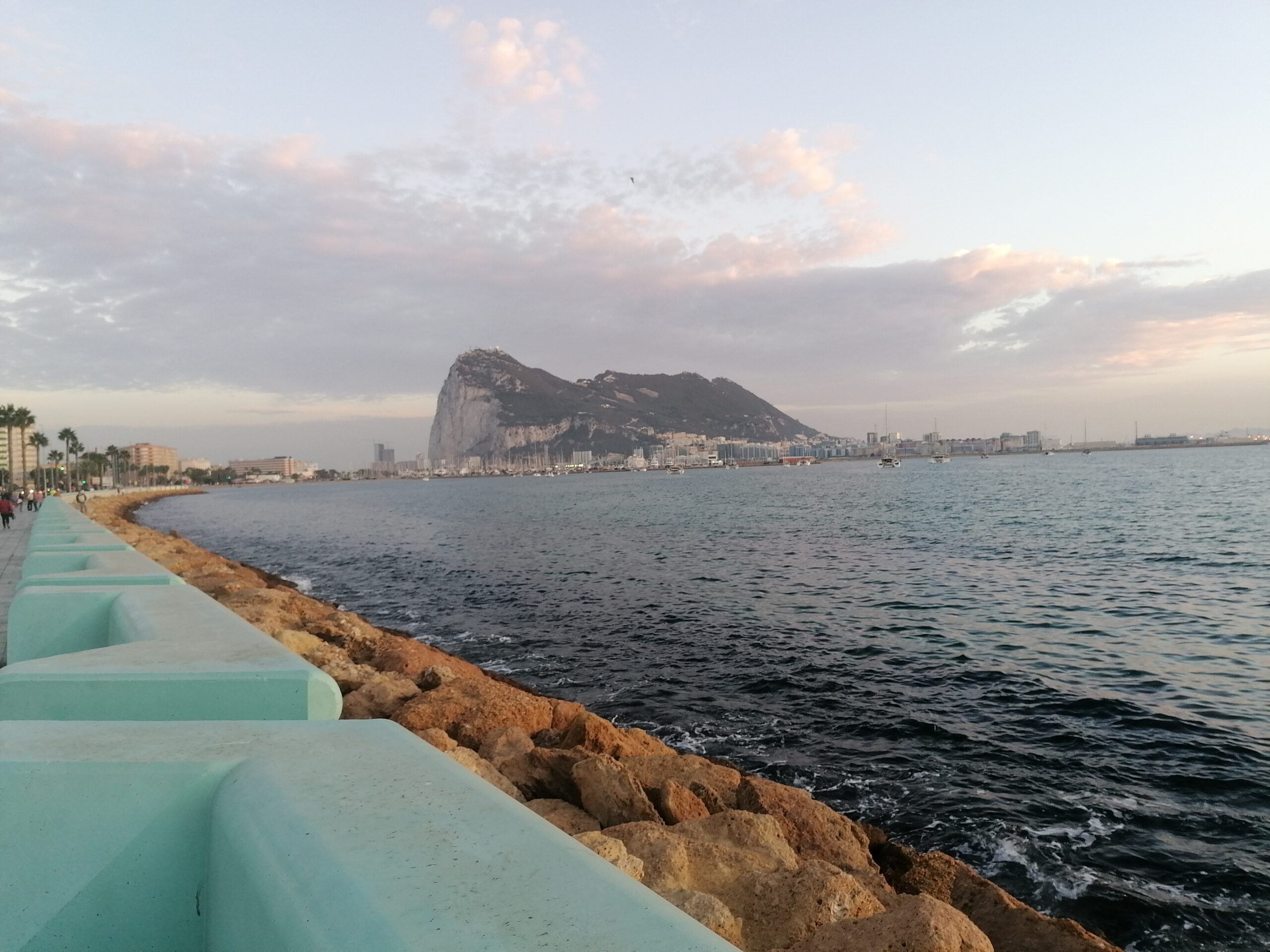
Hints for the Canaries
I have not been to all of the Canary Islands and have actually only searched in Las Palmas de Gran Canaria – the main spot to look for boats. However, in exchanges with hitchhikers, harbour staff and sailors, I learned a few more things.
Those who sail from the European or African mainland towards the Canary Islands usually first arrive at Lanzarote, the offshore island of La Graciosa or Fuerteventura. However, most of those heading for Cap Verde or the Caribbean start on Gran Canaria, Tenerife or La Gomera. Here are a few tips on the various islands. I’ll report in more detail on what I visited on the islands in the next few days.
- La Graciosa: This is a small island off the coast of Lanzarote. Many people anchor here when they arrive on the Canary Islands – also because the harbours on Lanzarote are usually overcrowded in the high season. La Graciosa is definitely worth a trip, I found it super nice! But you shouldn’t look for a boat across the Atlantic here. Depending on whether the ferry is OK for you, you can easily get to Lanzarote or maybe just wait until your sailing boat goes there.
- Lanzarote: There are two harbours in particular that I know are worth looking for. One is in the capital Arrecife and the other is in Marina Rubicon near Playa Blanca in the south. Here you can look for boats going to the other islands, but if you’re lucky you’ll also find a boat going on to the Caribbean. Some people (like me) have also taken a ferry to Gran Canaria to search there.
In Playa Blanca, there is currently a camp near the harbour where some hitchhikers spend the night together. If you get in touch with them, you’ll soon find out about it. - Gran Canaria: Not only the ARC starts in the capital Las Palmas, but also other regattas. A lot of boats leave from the large Las Palmas marina for the Caribbean, so you’re sure to have good chances here. Of course, this also means that a lot of people are looking for a boat here. There are currently about 50 of us here. But I’ve found that to be nice because it feels less like competition and more like people are supporting each other, and when you hear that someone has found a boat, it gives you confidence that you can do it yourself!
The sailor’s bay bar in the Marina is a hotspot for sailors, so being around there and speaking to people works well. Also here the jetties are only accesible by card but you can go in with others sometimes.
I don’t recommend the Christopher Columbus museum in Las Palmas, but you can get up to the cathedral for 2 euros and the Canary Islands Museum is supposed to be very good, as is the Free Tour.
I stayed in the Lua Lua, Kyo and Atlas hostels in Las Palmas and can recommend all three. I liked the Atlas hostel best, because the hostel also offers accommodation to refugees and there are some joint events and projects!
I also stayed a few nights in a tent on the beach Alcaravaneras, there is a big community organising there right now and it is mega nice! - If you don’t want to look in Gran Canaria, you can also consider going to Tenerife or La Gomera. A lot of boats leave from the port of Santa Cruz Tenerife and it’s a good place to look. San Sebastian de La Gomera is a smaller port, but it is an absolute transit port, where many people make a last stop before crossing. And what you can do in any case, is to advertise boats on Tenerife and La Gomera on Navily.
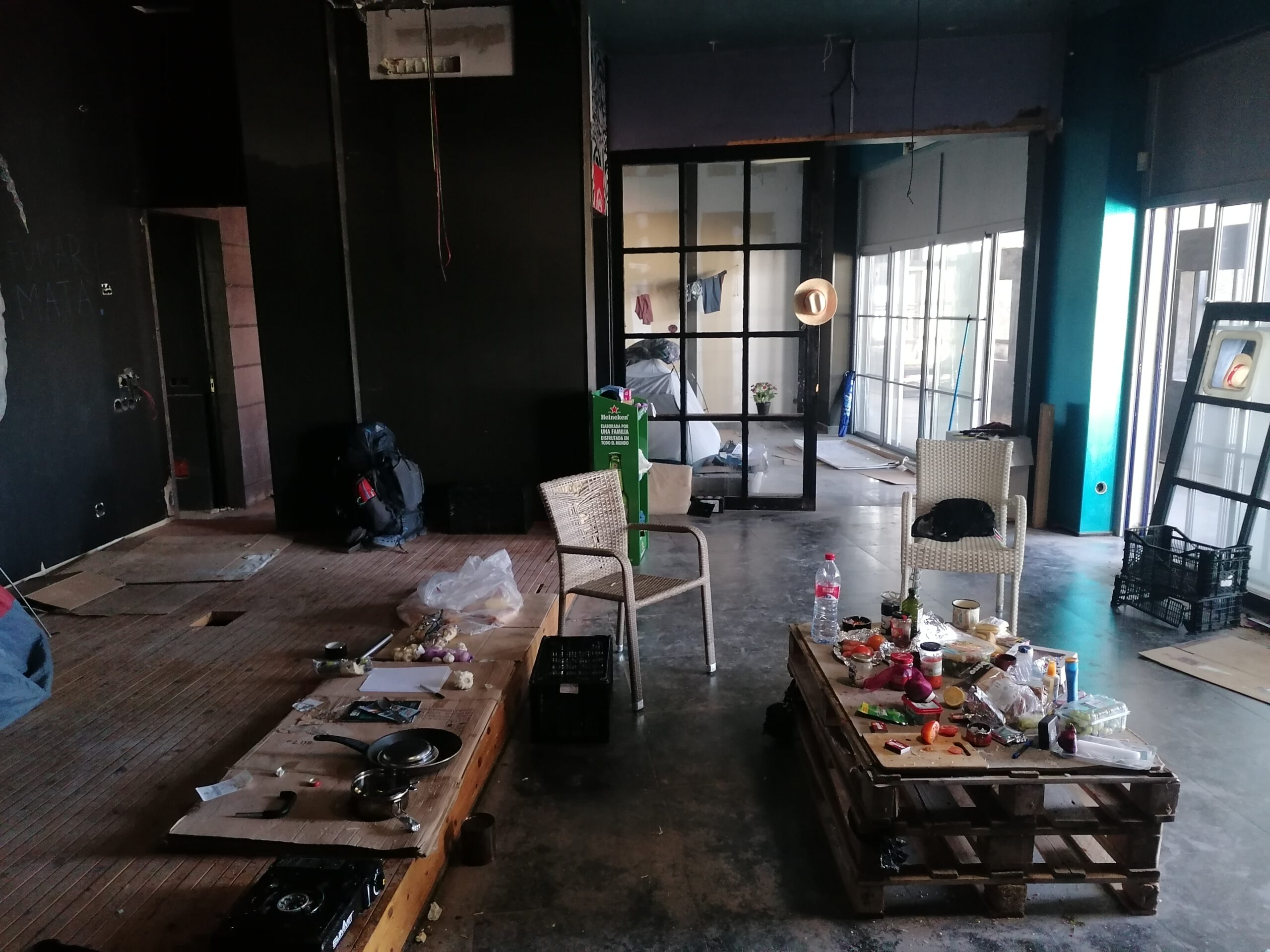
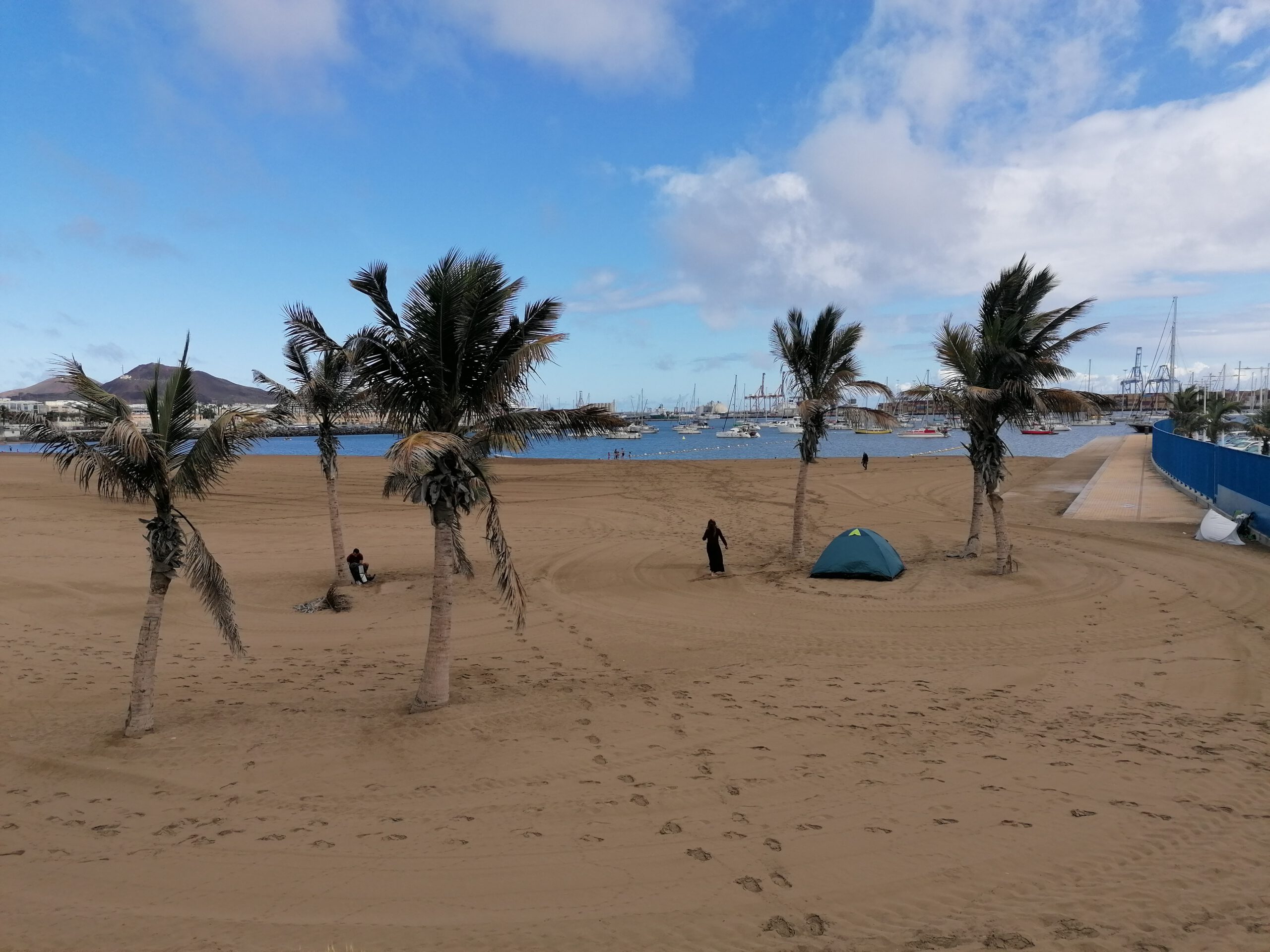
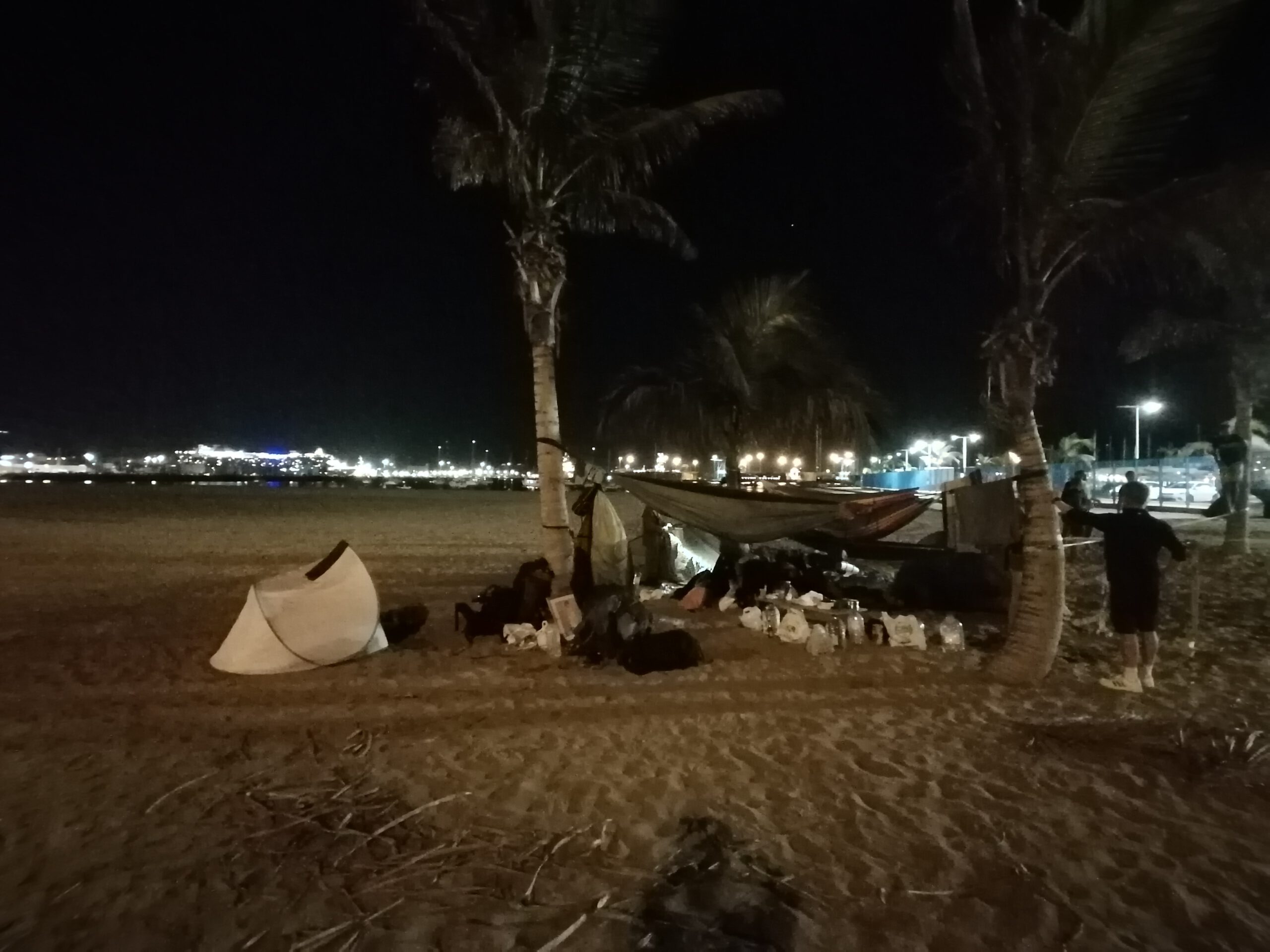
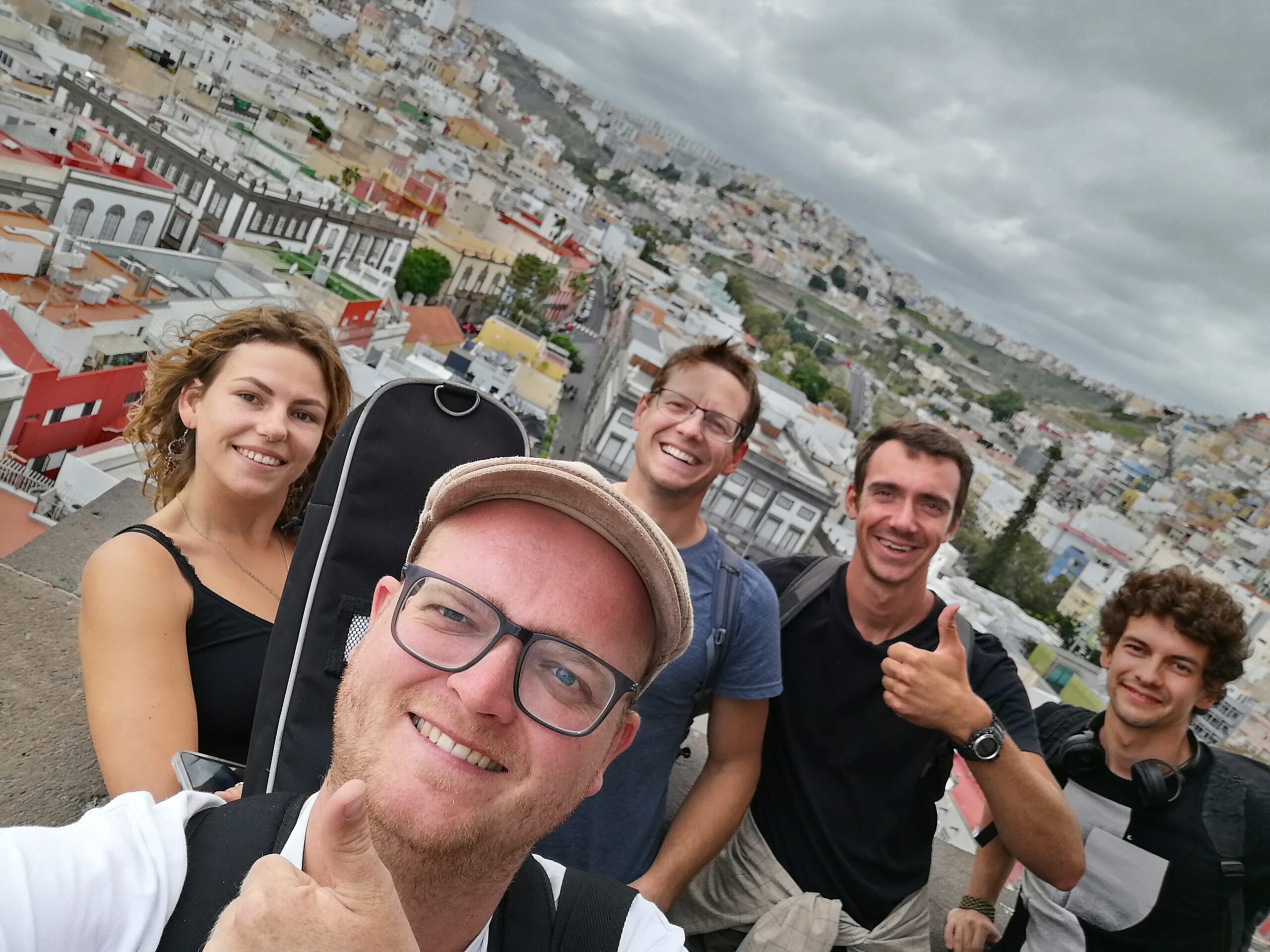
Hints for Cape Verde
There are 7 inhabited Cape Verde Islands, but not all have ports. The starting point for most Atlantic crossings is Mindelo on the island of Sao Vicente because it is the westernmost port. I was there for 2 weeks and met many hitchhikers there. Finding a boat across the Atlantic from Cape Verde is definitely also possible and my impression was that those of us who looked there found something as quickly as in the Canaries or Gibraltar.
- The boats are practically all in the harbour of Mindelo or anchored there. So it only makes sense to search there. Of course, it’s very practical that it’s so central.
The bar in the harbour is called Floating Bar and is a very good place to meet skippers and crew! If you have a dinghy or like to swim, it’s definitely worth going to the boats at anchor. Otherwise, practically all dinghies moor directly at the Floating Bar. - Accommodation: As far as I know, there is no camp in Mindelo and it is not recommended to camp wildly there. Several people have warned against this! I can’t say what it’s like outside Mindelo, but it might be possible.
Of course, it is most relaxed if you are on a boat like me, but otherwise there is at least one good hostel where hitchhikers stayed. - Food: There are several food trucks in the city that have cheap and very tasty sandwiches. We especially liked the egg sandwiches! The best and closest food trucks can be found at Praca Nova. For cachupa, the traditional food, I recommend La Pergola restaurant, which also has some vegetarian options. For pizza, U Sabor is a good place to go!
- Entertainment: I wasn’t blown away by the city’s museums, but the nature is really beautiful. You can find some nice beaches on the east coast of the island. There are many turtles on the beach of Sao Pedro, but they are fed by the locals. Swimming with the turtles was quite a highlight though!
What we liked best was the neighbouring island of Santo Antao, which is easy to get to by ferry and where you can go hiking!
Otherwise, there is a lot of live music in Mindelo and if you follow our rule, you will have a good time: When you hear music, follow it until you get there!
Hints for the Carribean
In the Caribbean, especially until May, there are many boats that go from island to island or even to the mainland, so hitchhiking is also possible there! Of course, it depends on the island, the bigger the island or the port, the better the chances of finding a boat. But I think for now, wherever you go by sailboat, you’ll get away again.
- As the season progresses, more and more boats head for the mainland to shelter from the hurricane season. From May at the latest, it should be quite possible to find a boat to the mainland. Before then, most boats stay on the islands and so it is easy to hitchhike, especially between the islands. Of course, you can find boats going to the mainland at any time. Just maybe not so many.
- There are definitely big harbours and good opportunities in Le Marin on Martinique and on St. Martin/St. Maarten. I’ve only been to a few Caribbean islands, so I can’t say anything about all of them. There are certainly other islands and ports that work well. On Grenada, for example, there is also a lot of boat traffic.
- You can find travel reports on the individual islands in my other blog posts, feel free to have a look and otherwise feel free to contact me with your questions at any time!
1 response to “Hitchhiking across the Atlantic – General tips and special advice on Gibraltar, Canaries, Cape Verde and the Carribean”
-
Hey, I just wanted to thank you for that really helpful blog! I’m right now thinking with some friends about hitchhiking to South America from Europe, and just doing some research on the internet seems sometimes quite confusing because there is so much different information – so thank you a lot for your structured and summarizing blog and your good tips!
Have a good day:)

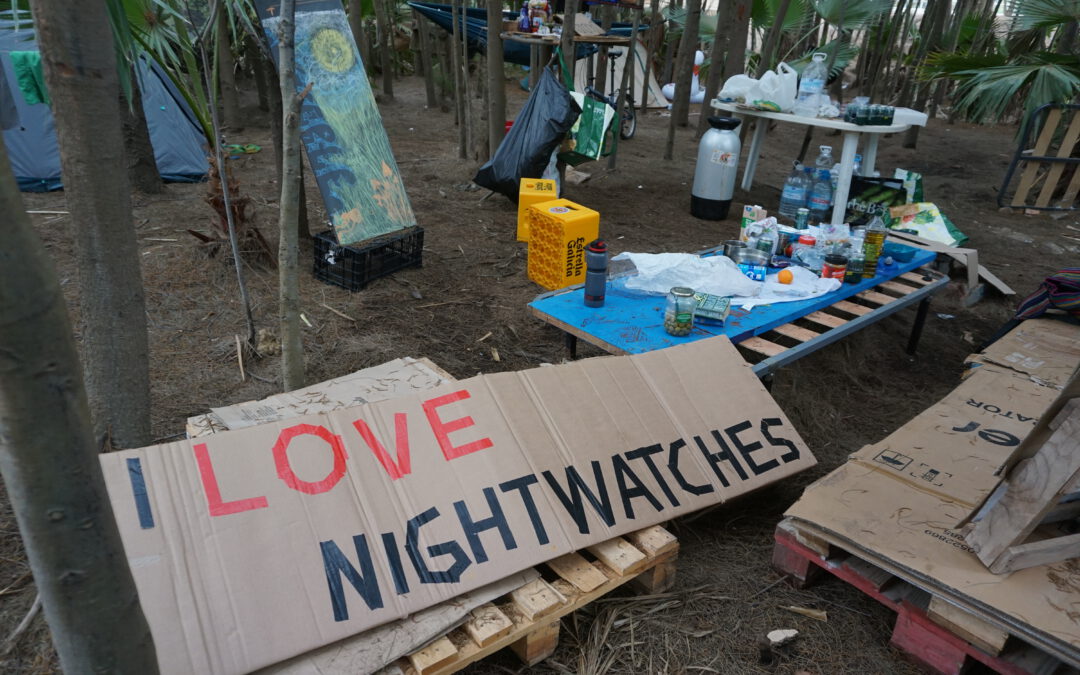
Leave a Reply